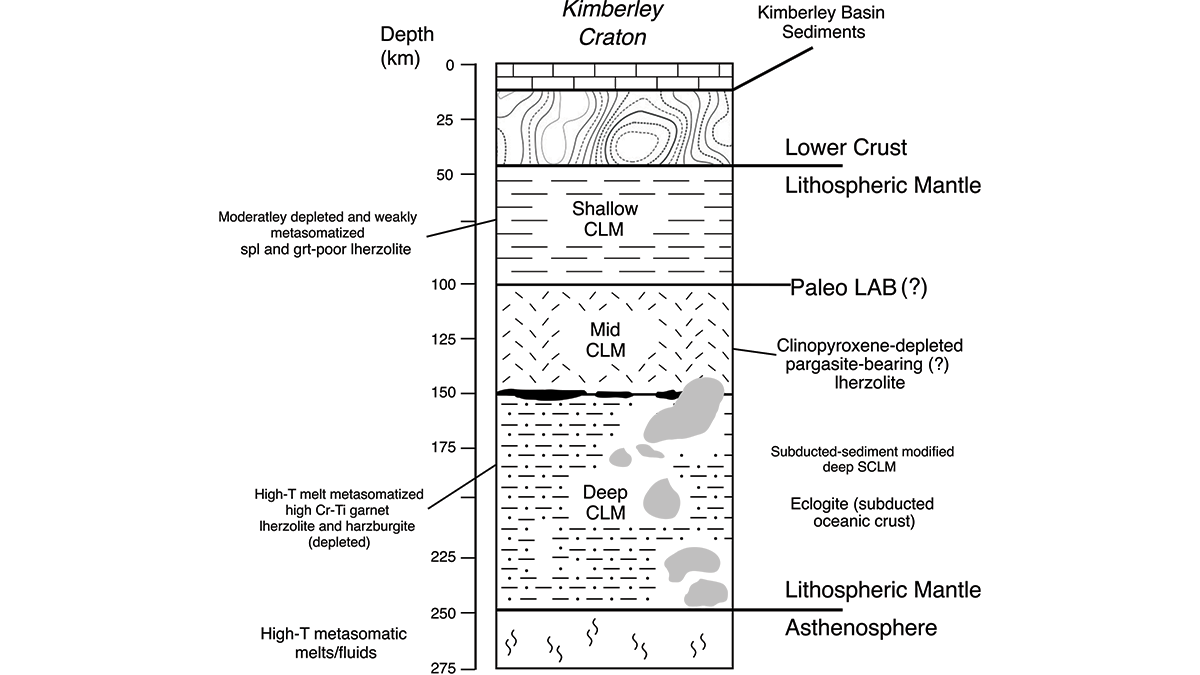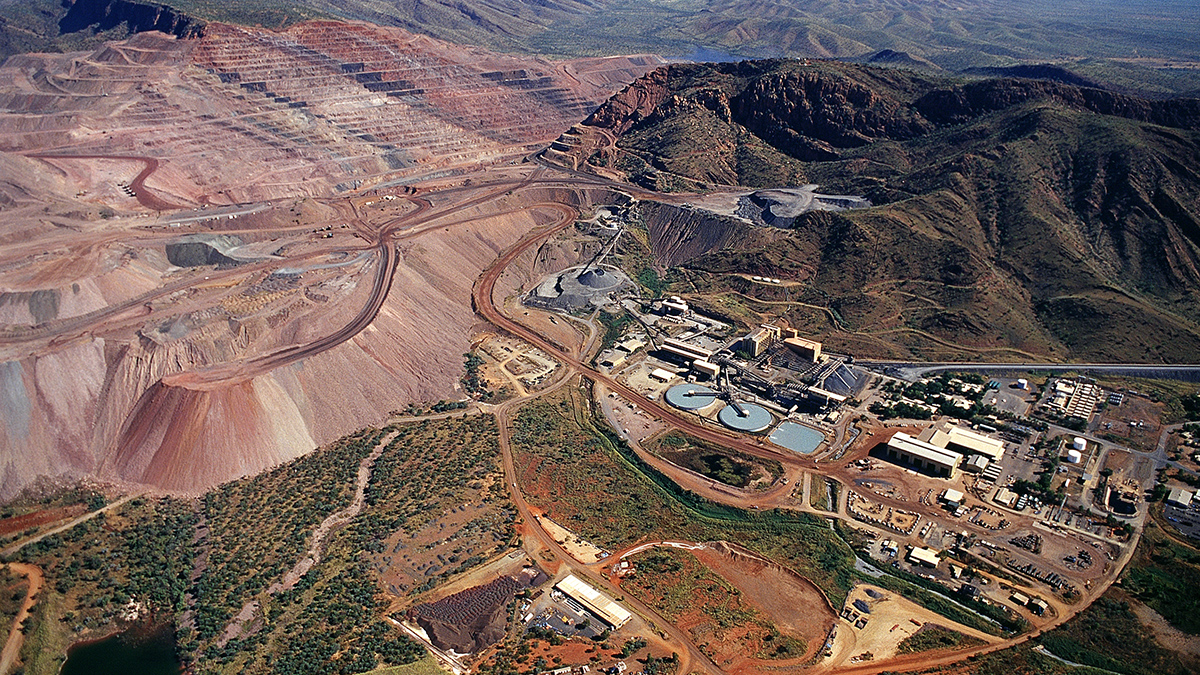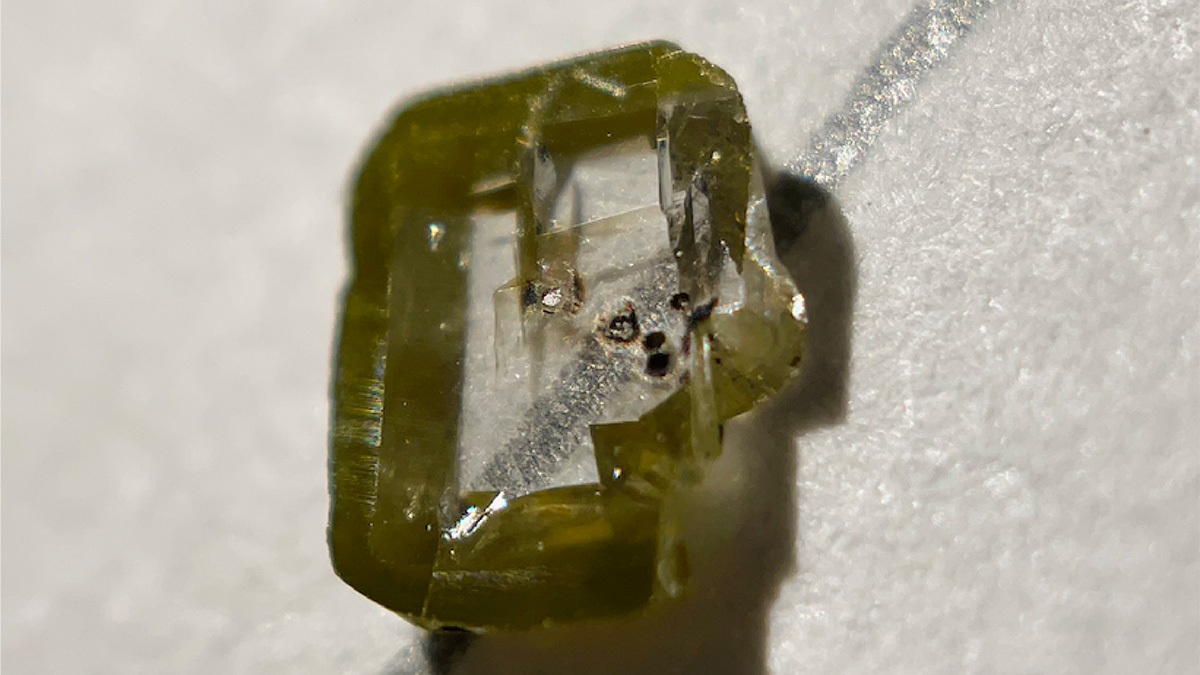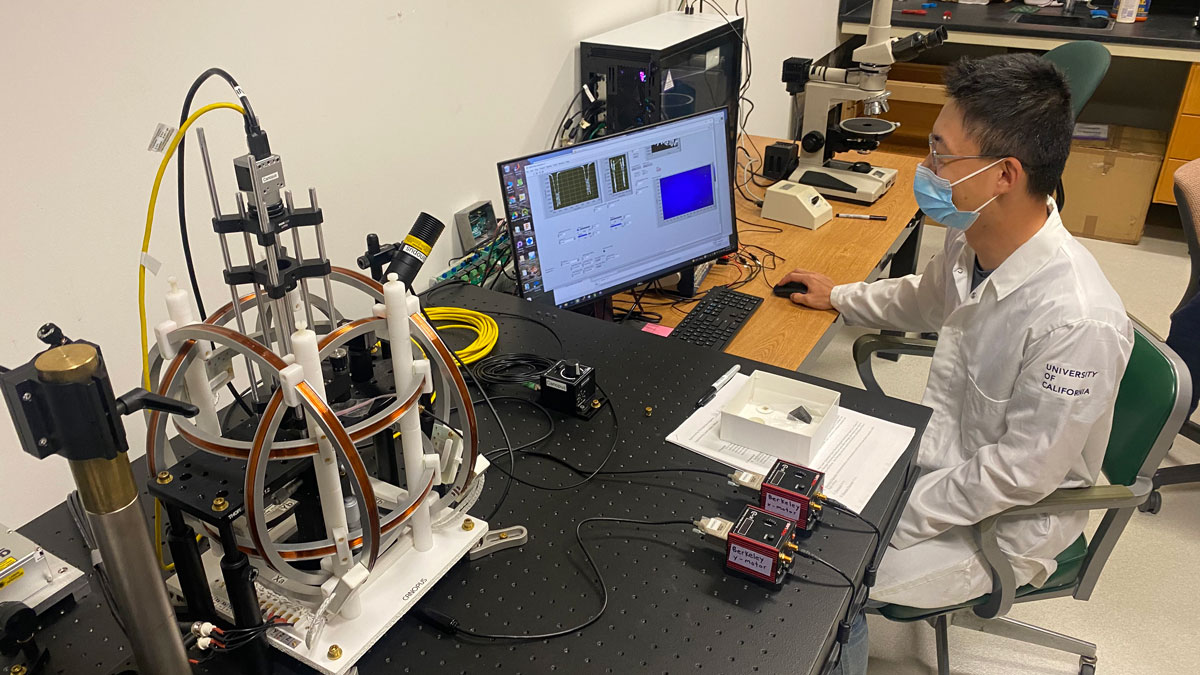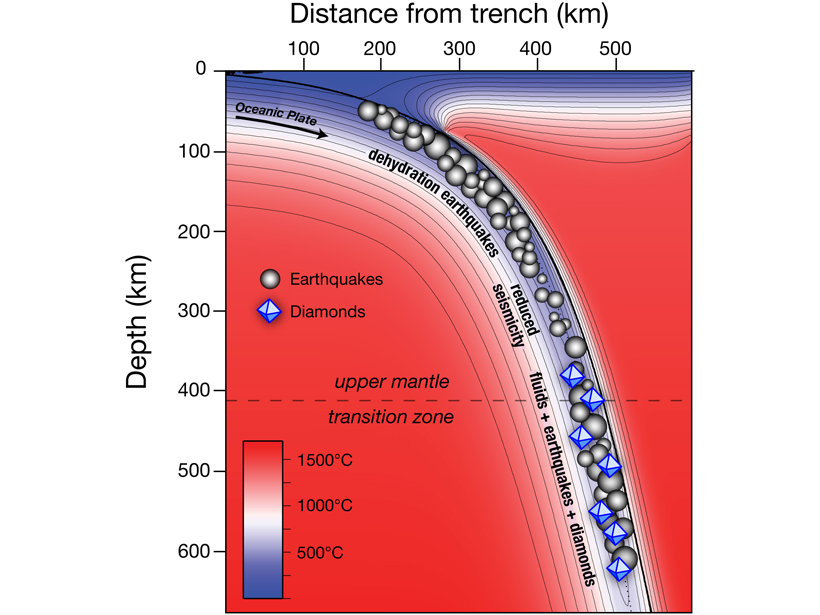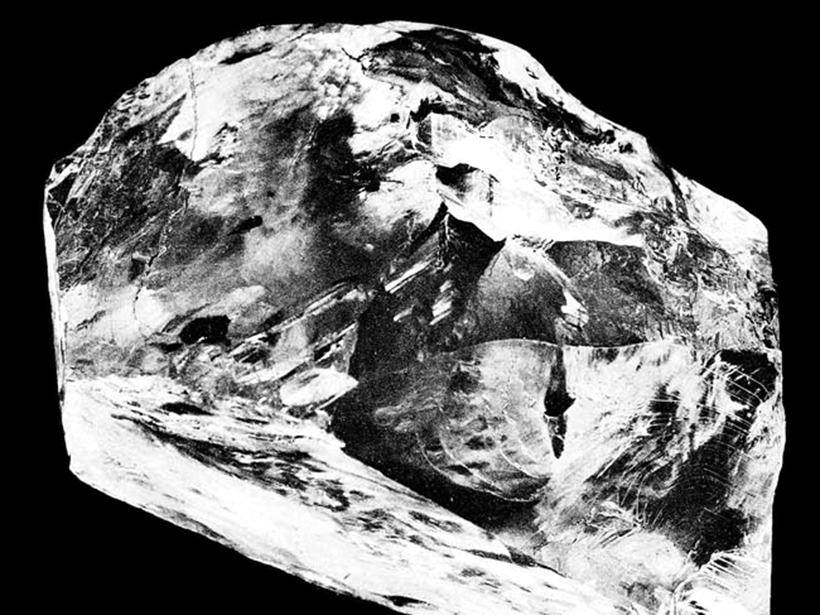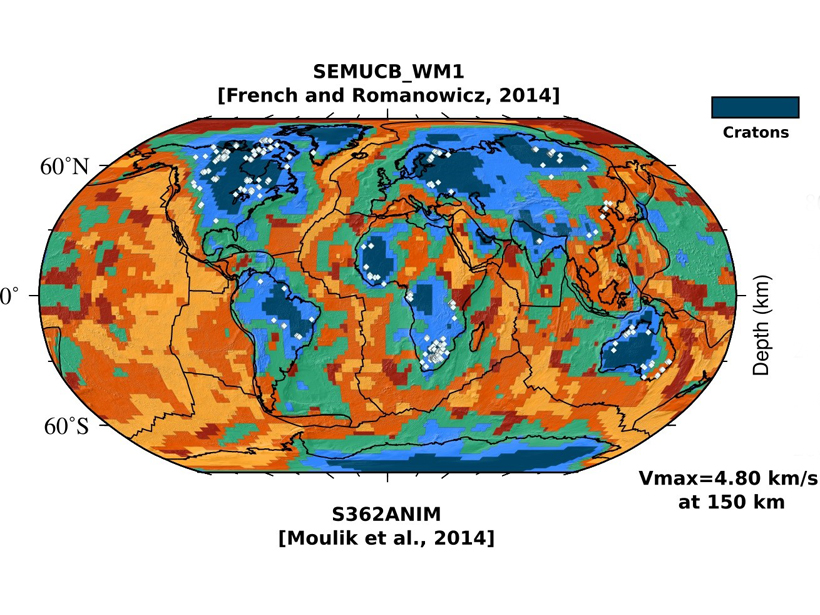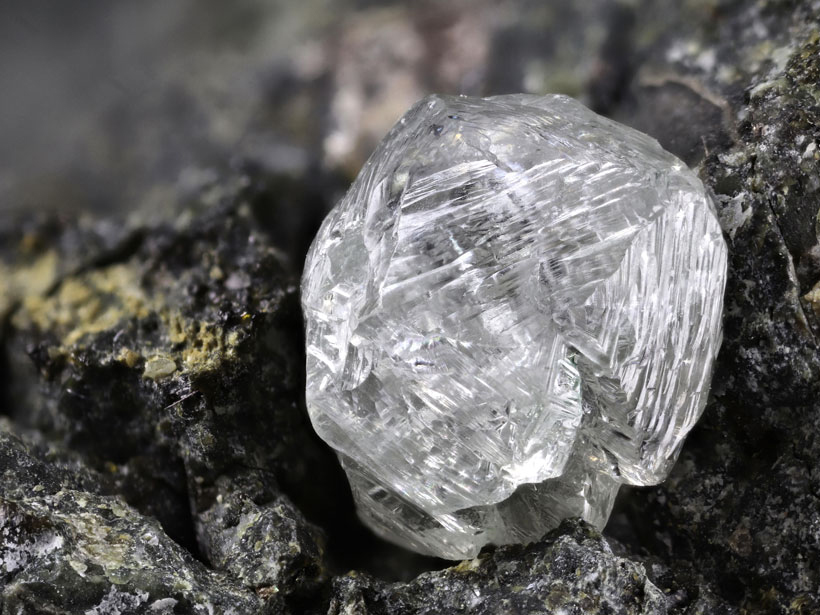Mineral compositions from numerous volcanic rocks that sample the mantle keel beneath Western Australia’s Kimberley Craton reveal the temperature and mineralogy that explain its long-lived stability.
diamonds
Continental Breakup Shot Pink Diamonds to Earth’s Surface
What was once the world’s most prolific pink diamond mine has always been an anomaly. New research suggests that the end of an ancient supercontinent helped rocket its precious gems to the surface.
How to Find a Volcanic Diamond Mine
New 3D modeling illustrates the mechanism behind the intriguing volcanic eruptions that bring diamonds to the surface.
Rare Meteorites Shed Light on Diamond Formation
By studying meteorites believed to be remnants of the catastrophic breakup of a dwarf planet, researchers are learning how lonsdaleite, a particularly hard type of diamond, forms in nature.
Diamond Discovery Unearths Secrets of the Deep
A diamond inclusion has revealed a new mineral, davemaoite, as well as hints about the workings of our planet’s interior.
Diamonds Are a Paleomagnetist’s Best Friend
Typical paleomagnetic measurements average a sample’s signal. The quantum diamond microscope helps scientists make micrometer-scale maps of magnetism, showing where a sample locked in its magnetic signatures.
Diamonds Are at Fault
Deep-seated earthquakes in subduction zones are related to diamond formation.
Explaining the Genesis of Superdeep Diamonds
Real-time tracking during diamond anvil cell experiments indicates reaction rates may control the unusual depth distribution of the extremely rare diamonds that form deep within Earth’s mantle.
Are Diamonds Ubiquitous Beneath Old Stable Continents?
Although rare at the Earth’s surface, diamonds may be commonplace at depths of 120 to 150 kilometers below the surface within the lithosphere of old continents.
Diamond Impurities Reveal Water Deep Within the Mantle
A high-pressure form of ice, trapped within diamonds forged in the lower mantle, suggests that aqueous fluids reside deeper in Earth than we knew.

